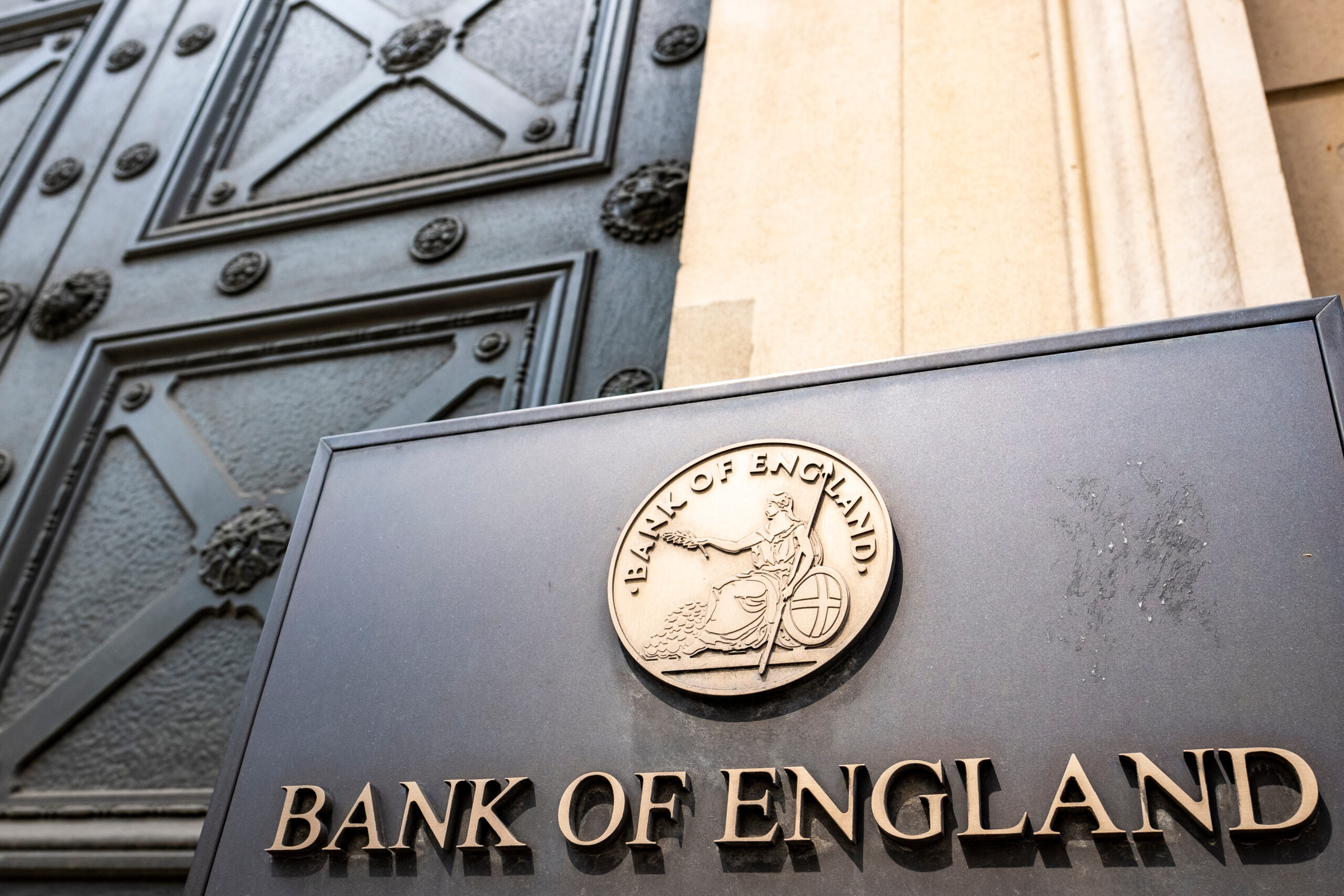Key Insights:
- Privacy and programmability concerns surround the proposed digital pound.
- The Bank of England aims for a balanced approach amid diverse perspectives.
- Regulations on stablecoins may limit decentralized models.
The public’s voice on the proposed digital pound is evident in a significant development from the Bank of England (BOE). In over 50,000 responses, the primary concerns gravitated toward privacy, programmability, and the potential decline of cash. However, despite these apprehensions, Deputy Governor Jon Cunliffe assures the public of certain safeguards and clarifications.
The digital pound consultation took place from February to June. Consequently, while the central bank sees the necessity of a central bank digital currency (CBDC), an official decision has yet to be made.
Significantly, a primary concern for many is the safeguarding of individual privacy. Cunliffe has addressed this by emphasizing that users of the digital pound will maintain the same privacy they currently enjoy with electronic transactions. Moreover, the BOE has stated it will not have access to personal data.
Privacy and Programmability of the Digital Pound
Another area of concern is the potential programmability of the digital pound. Respondents fear the central bank might limit the currency’s functions. However, Cunliffe clarified that the BOE won’t restrict its functionality.
Instead, the onus would be on private sector firms to enhance its programmability, but only with user consent. Hence, any decisions on additional features or functions will come from the market, not the bank.
Challenges and Diverse Perspectives on the Digital Pound
Besides the concerns above, some fear the rapid adoption of the digital pound. They believe it might disrupt the banking system or create financial instability. Contrarily, others feel the digital pound might be redundant, dubbing it a solution looking for a problem. Cunliffe, set to leave his position at the Bank of England soon, recognizes these diverse perspectives and emphasizes the need for a balanced approach.
Additionally, February discussions revealed worries about a possible two-tier system differentiating cash and digital money. Significantly, to allay such fears, recent government legislation has ensured the continued availability of physical cash.
While broad support has been for the overall CBDC model, the bank plans to fine-tune certain aspects. For instance, discussions around the proposed limits on individual holdings are ongoing. Initially, the bank suggested a cap ranging from 10,000 to 20,000 pounds for the CBDC, especially during its early stages.
Furthermore, Cunliffe touched on stablecoins, cryptocurrencies linked to assets like the pound. He promised a forthcoming discussion paper on the BOE’s approach towards them.
Notably, he hinted that regulations might discourage decentralized models. The central bank believes in identifying a responsible legal entity for end-to-end risk management, something only sometimes possible with decentralized platforms.
In an increasingly digital financial landscape, dialogues and consultations of this nature take on heightened significance. The Bank of England’s methodology, with input from the public and experts, will profoundly influence the currency trajectory in the United Kingdom.
